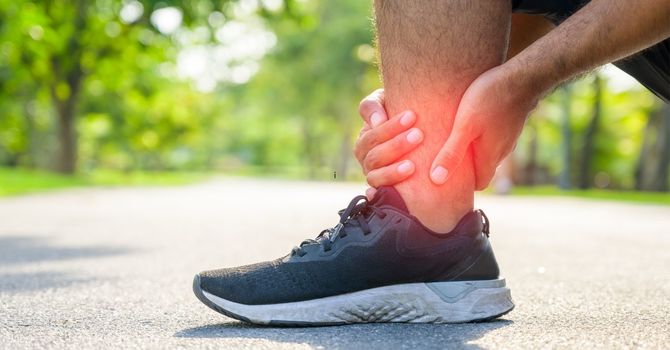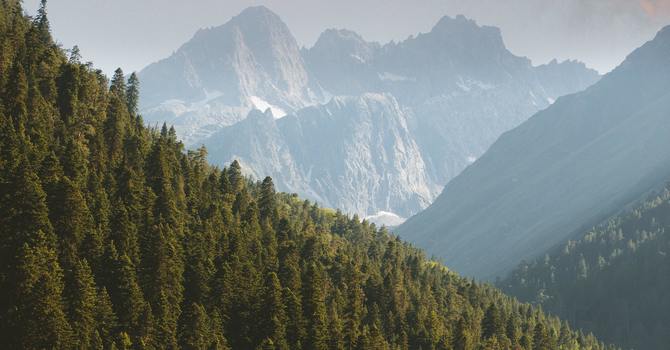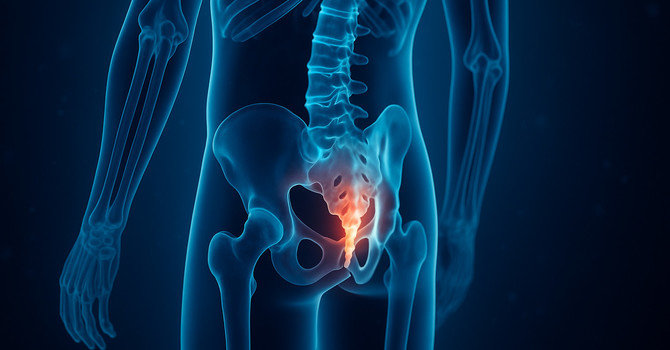It is said that chiropractors love freezing rain, black ice and heavy snow. It fills our schedules and keep us busy for weeks to come. Although this naturally is a joke, it’s not completely without merit. The truth is that I would rather have my patients come in for preventive care than to be fixed up after getting hurt.
With all activity there is a risk of injury, but with a few considerations the risks connected with clearing the driveway can be significantly reduced. So today I want to share some advise on how to prevent getting hurt from shovelling snow this winter:
- Get someone else to do it. This may seem silly, but it is the safest option. Hire a professional to do it, you’re off the hook, unless seeing the invoice brings you to a heart attack. If it’s your teenager you get to do the work, please make sure they know what you are about to know.
- Walk around for 10 min first. Many people shovel snow first thing in the morning after a late-night snow fall, or right after driving home from work. Remember that your muscles, joints and spine have been inactive and are not ready for heavy bending, lifting and twisting right after laying in bed all night or sitting in a car driving home from work. Allow the body to gently move around a bit and “wake up”.
- Warm up. Like before all other physical activity, it’s a good idea to warm up before going at it. It doesn’t take much. Light stretching, actively moving the joints in bigger and bigger ranges, and increasing the heart rate a bit allows the whole body and all it’s systems to prepare for the work ahead.
- Fuel up. Shovelling snow is moderate to intense physical activity and it demands energy. Make sure you have some energy in the body to burn – especially if it’s a morning job. When you get out of bed it’s likely been 8-10 hours since your last meal, so your body is already running low on fuel. Coffee may make you feel like you have energy, but a better solution is adding real fuel.
- Add water. Not to the snow, but to the body. It’s easy to get dehydrated when shovelling snow. It’s usually cold out and not many realize how much they sweat. Because it’s cold, we tend to dress up too warm therefore overheat when shovelling. Your body tries to cool down by sweating, but that loss of water could cause dehydration problems.
- Dress appropriately. Make sure to dress in layers so you can easily add or remove clothes to help your body stay warm but not too warm while working. Make sure you have gloves for keeping the hands warm and avoiding blisters and cuts, and ensure you have appropriate footwear to keep your feet warm and provide sufficient traction and mobility to avoid slips and falls.
- Avoid frost bites. Winter does carry the risk of frostbites on all exposed skin. With low temperature and just a bit of wind, exposed skin could get damaged by the frost. Adding moisture from sweating or melted snow, the risk is higher.
- Shovel early and often. It can be tempting to let a day long snowfall end before going out to shovel. What’s the point of shovelling if more snow is coming anyway, right? It actually is much safer to go at it and take one foot of snow at a time, than waiting until all three feet of snow has settled.
- Take your time. Plan your work to allow for plenty of time to complete it. Allow for frequent breaks – or switch frequently between the different motions. Push for 5 min – shovel for 5 min – spread salt for 5 min – back to pushing for 5 min, and so on. Stop – stretch – drink water– watch your neighbor do everything you just learned to avoid – and then back to shovelling.
- Use the right tools. When choosing the tools for the job, be wise. Walk the job first to evaluate if the snow is deep or shallow, light or heavy, soft or hard frozen, slippery ground below or good traction.This all helps you decide if you need a broom from light dusting, a scraper for pushing light shallow snow, or a shovel for deep heavy snow. A motorized snowblower is a great option.
- Push – don’t lift. If possible, push the snow instead of lifting and throwing it. Keeping the load on the ground as much as possible protects your joints and muscles.
- Short straight lines. Avoid lifting and twisting. One of the highest risks of injuries to joints and spine is when we bend, lift and twist at the same time. When you do need to lift the snow off the ground, try to avoid twisting the back. Throw the snow straight forward instead of swinging it in a circle around for a long throw. Push the snow as far as you can, and throw is as short a distance as possible.
- Keep the load close. When you must lift the snow keep the load as close to your body as possible and grab with one hand close to the shovel blade. This decreases the load momentum your body must overcome.
- Switch it up. Make sure to switch the load to different muscles as often as possible. This means switching between underhand and overhand grip and switching between right and left hand. If you are not used to shovelling with the opposite grip or hand, this may feel strange to begin with, but it helps even the load throughout the body and will leave you less (or at least evenly) sore through the body.
- Listen to your body. All athletes will tell you that your body will tell you when something is wrong. If you feel sore, stiff, tight, or pain before, during or after shovelling snow your body is likely trying to tell you to back off. But when should you then seek help or advise from your health care practitioner? If the pain came on suddenly after a slip, a fall, a heavy lift or a twist, I recommend having it properly assessed. Your chiropractor is an expert in biomechanical injuries. This would be a great place to start. If the pain came on several hours after the shovelling and there was no sudden injury, you may be experiencing delayed onset muscle soreness (aka DOMS). This will usually go away on its own within 3-4 days. However, your massage therapist can help you find some relief and assess if the pain is more than just soreness.
- Best advise of all… make the work FUN! Involve your family. Build a snow fort. Build a snow person (or snow animal). Have a snowball fight. Make enjoying every season the goal. Enjoy the muffled sounds of a snowfall. Smell the fresh air. Snow is a natural part of this amazing country and culture. That certainly is worth celebrating and embracing.
I know this is a long read – especially if you are lucky enough to not be the one in your household to clear the snow. I hope it gave you a few tips you didn’t know already – and just perhaps you will be able to pass them on to people around you who will benefit from this information this winter.
As always,should you have any questions or concerns about anything related to your health and wellness, please don’t hesitate to ask.
Sincerely in Health,
Dr. Kenneth Stelsoe
Owner / Chiropractor




